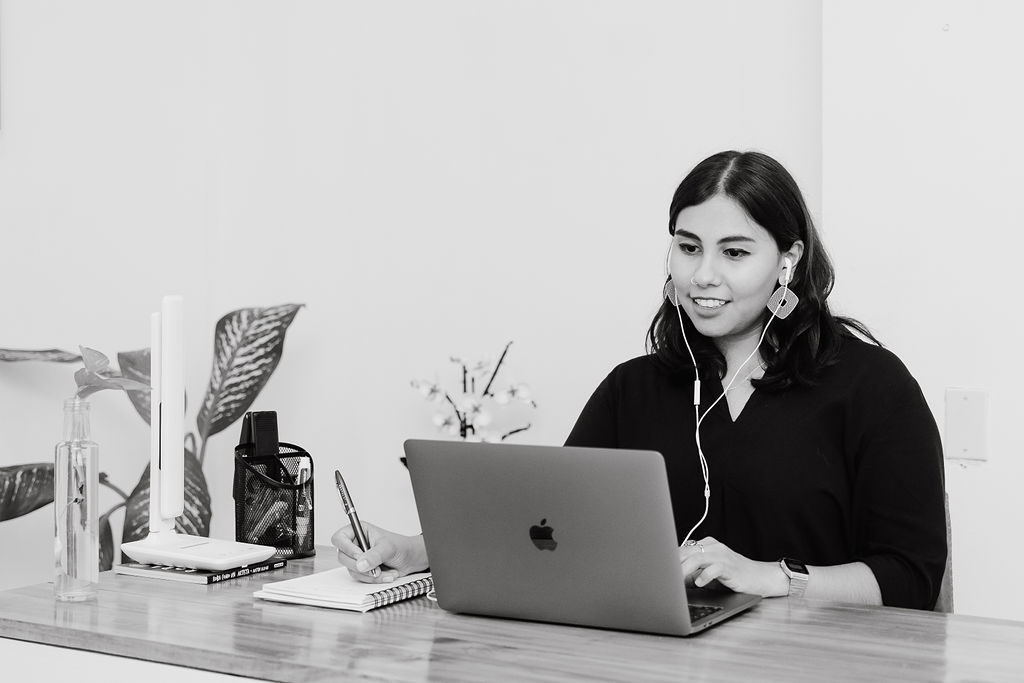
Launched in 2013, Canva is an online design and publishing tool with the mission to empower everyone in the world to design anything and publish anywhere.
I must accept that when I first heard of Canva some years back I didn’t take it so seriously and I thought it was going to be like any other pseudo “design” platform that tried to make “everyone” a designer, but wouldn’t be successful. With the pass of time more and more people and surprisingly also companies started using this platform 😨.
I might not speak only for myself when I say that when this platform slowly started to feel like a threat to us designers, that it might steal our jobs with the passing of time 🤡 BUT whenever you are most afraid, you also have to be the breavest and that’s when I tried Canva myself to understand why this thing was so popular and whether it was really that good?
After using Canva for some social media content planning and template designs, I can honestly say… It is pretty cool and I totally understand why people like it. 😂
Well… To that I have 3 Pros and 3 Cons of using Canva, that I’ve learned from using Canva for some time 😎.
For example resizing social media posts to different platforms, or applying your brand identity with a few easy clicks.
As a designer I have quite some experience with other professional design programs, and I have to say that the UI of Canva is really fun and easy to use.
Making feedback rounds is surprisingly easy with Canva since you can share and give editing permissions to your clients. You can even leave the designs pre-finished so they can edit texts or some little details later.
As a designer I achieve Canva’s limit to design and edit pretty fast. I realized this is a platform where you can edit pre-finished stuff really quickly, but whenever you want to create something on your own from scratch it turns into a pain in the ass and doesn’t save you time at all. On the contrary it often takes longer.
Well, this one is pretty obvious but still worth to say it. There is just no comparison between using Canva and working with a real designer. Normally, all finished product are based on lots of user research, target group analysis and many other strategic processes involved while designing. Getting a finished logo and just editing the name isn’t exactly what a designer does, it’s actually just a small percentage of it.
Some entrepreneurs/ companies might think that they can solve anything with pre-finished templates. Even take a logo and just edit the name and that creates a whole brand identity. Well, as you might’ve expected this is not the case and going for the cheapest option in the beginning might not be the smartest way to go if you have some bigger plans for your company. Investing in a professional to create a good strategy right from the beginning will probably save you time and effort.
Don’t see Canva as a competition, rather see it as an ally. Try to work together with your clients or your colleagues and try to guide them to which is the most useful tool in order to get the best results.
If Canva is a tool people in your working environment are familiar with, try to do the real from-scratch design process somewhere else and use Canva to do the sharing and feedback. It doesn’t make you any less of a designer to adapt to your environment’s needs and it can actually make these last steps go smoothly! It’s often not worth to enter the discussion whether Canva does the job of a designer or not, because as we saw it clearly has big limitations and it won’t replace the expertise of a designer.
If you position yourself as a design consultant or a design expert, your job clearly goes way beyong editing pre-finished templates 😉
I can recognize the benefits of using a cost-saving tool such as Canva. Nevertheless, give a good thought if you might need a real designer to help you establish some guidelines and most importantly the strategy of the design before starting to create graphics.
Although this option seems more expensive in the begininng, see it as a long-term investment. You can’t solve everything with pre-designed templates and if you have future plans to be recognized as a well-established company, you might want to save yourself some frustration, time and money and hire a proper designer from the get-go.
After your brand has been established you can always use Canva for template creation and sharing! 👍🏽
#graphicdesigner #visualdesigner #webdesigner #design #fucsiadesign #canva #designtool

Did you find this post interesting? Get in touch with me!
Alexa Nieto Manzano
Visual & Web Designer
Mannheim, Germany
Follow me on LinkedIn and don’t miss any new blogposts!
Thank you for considering Fucsia, whether you’re interested in our consultancy services, or just want to say hello, we’re excited to connect with you and bring your ideas to life.

© 2024 All Rights Reserved.